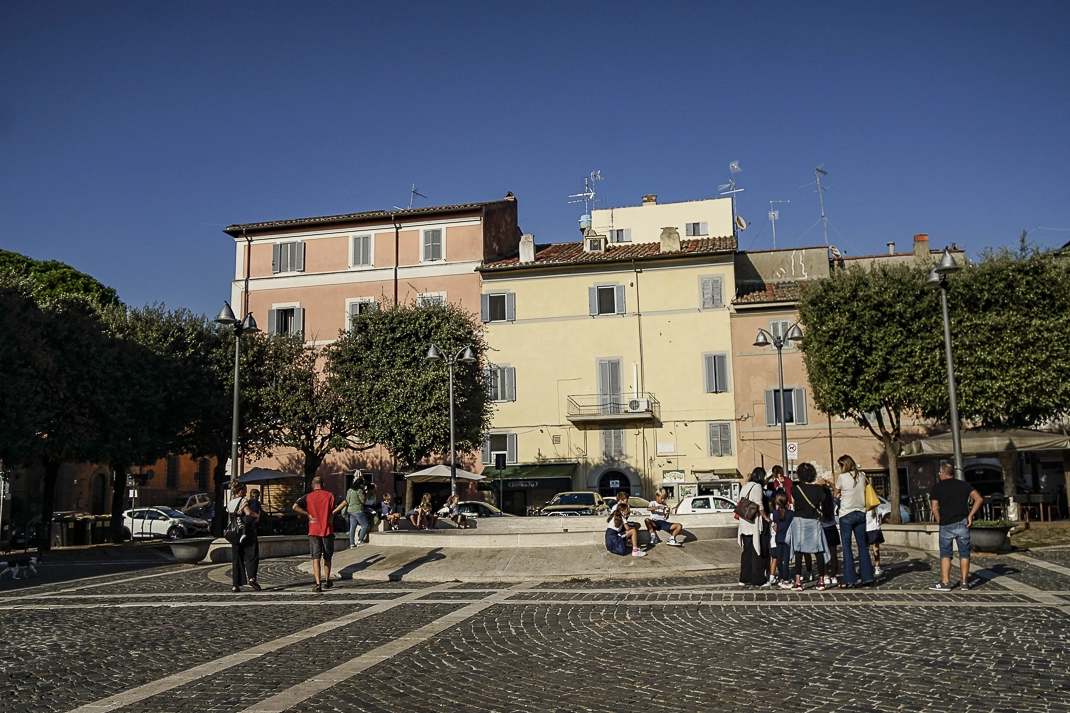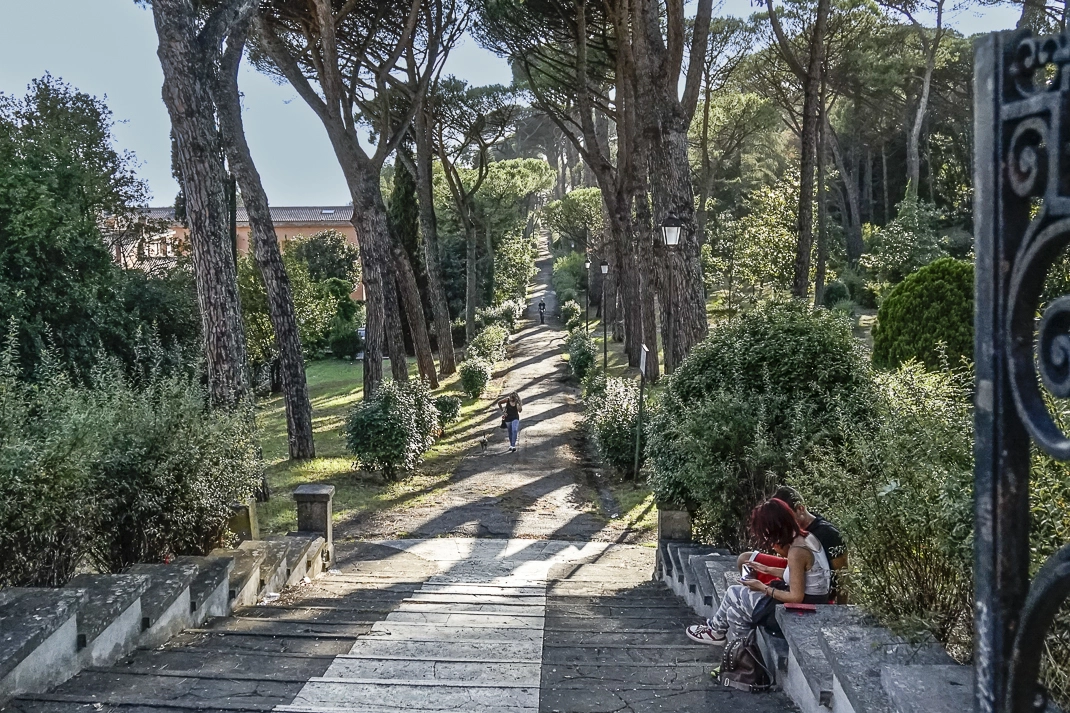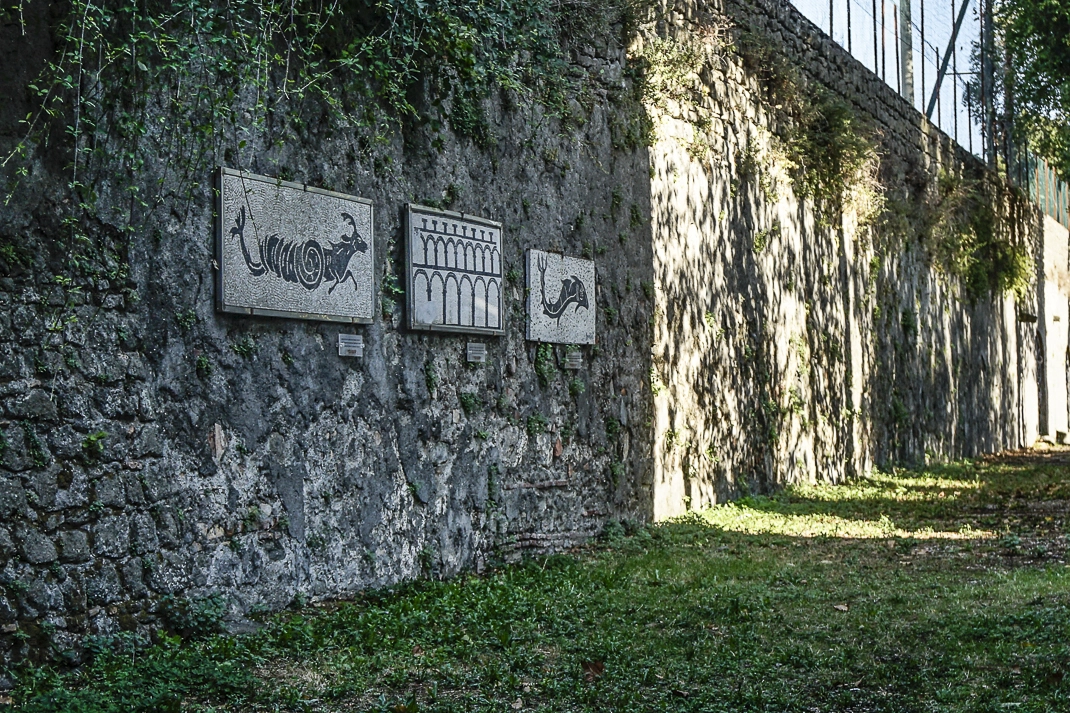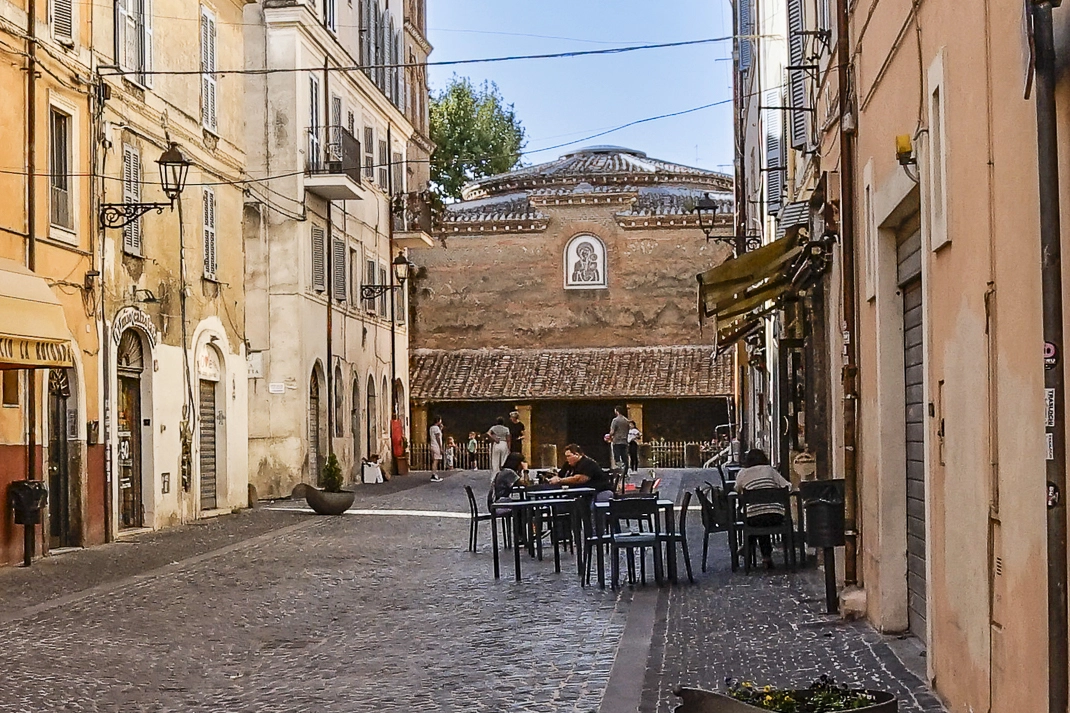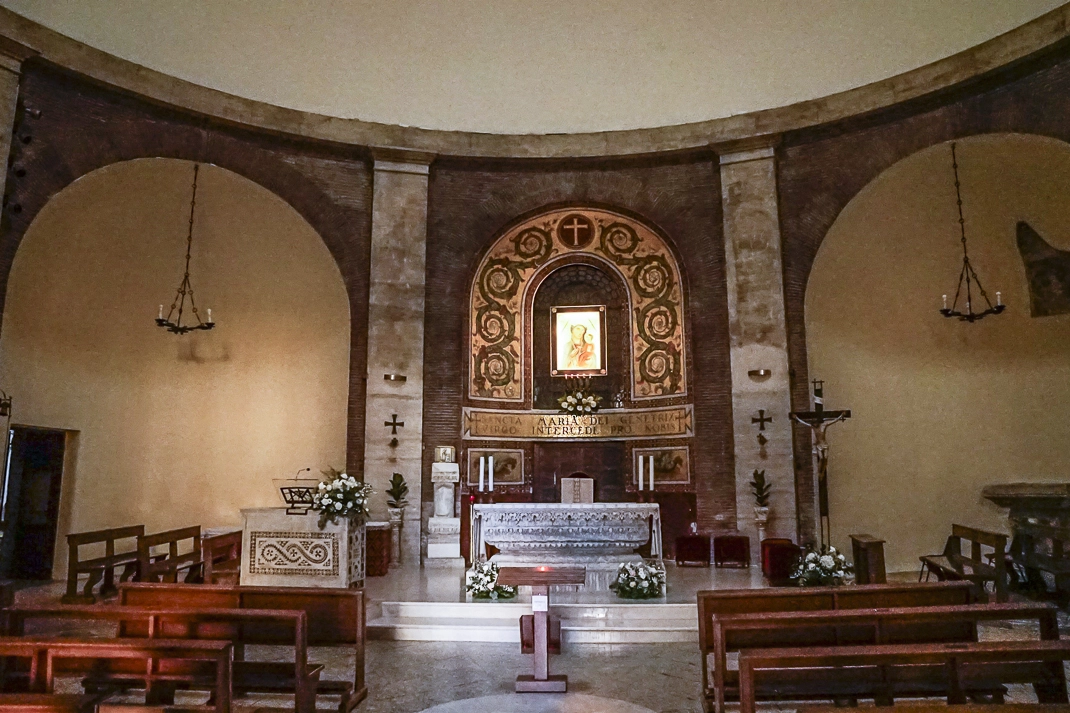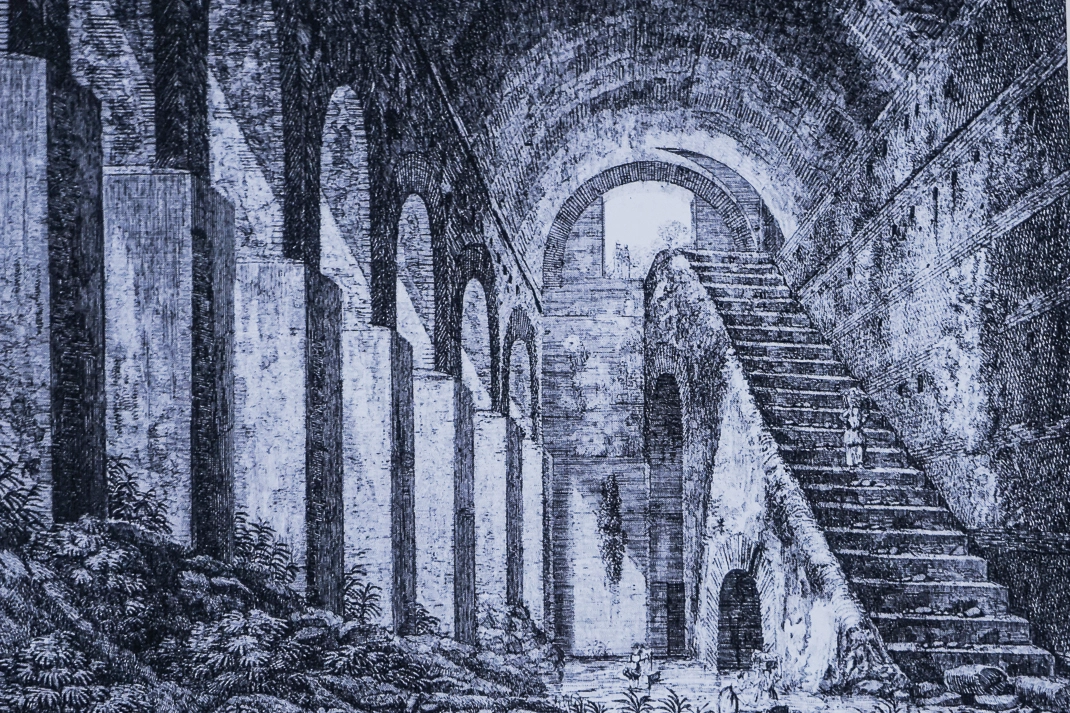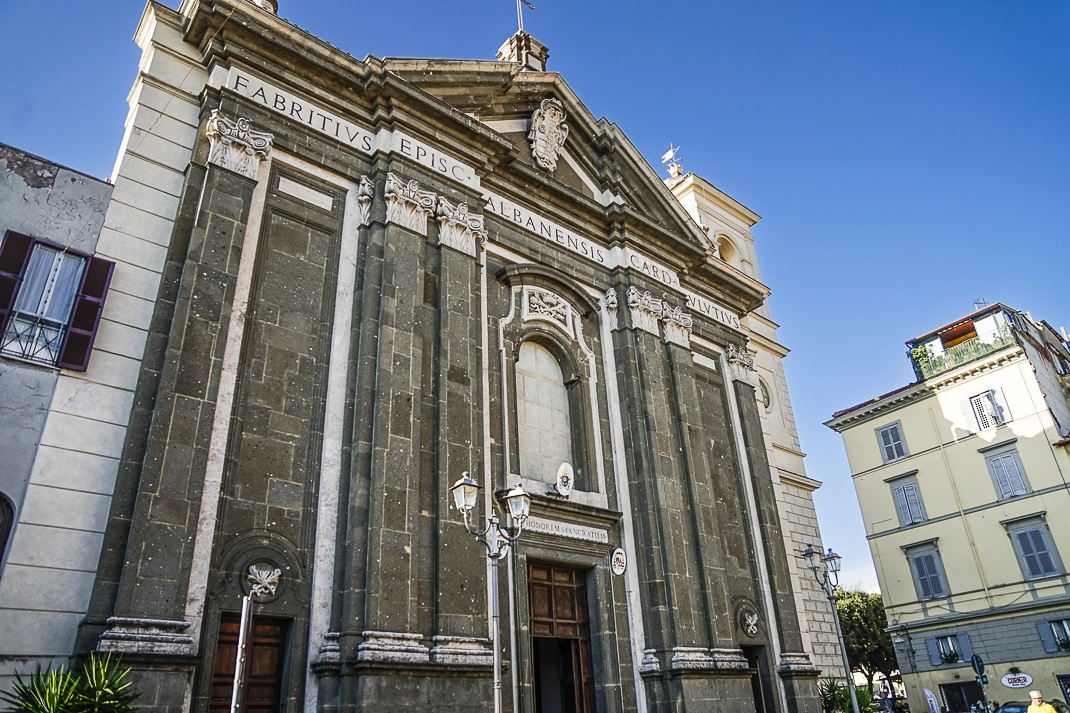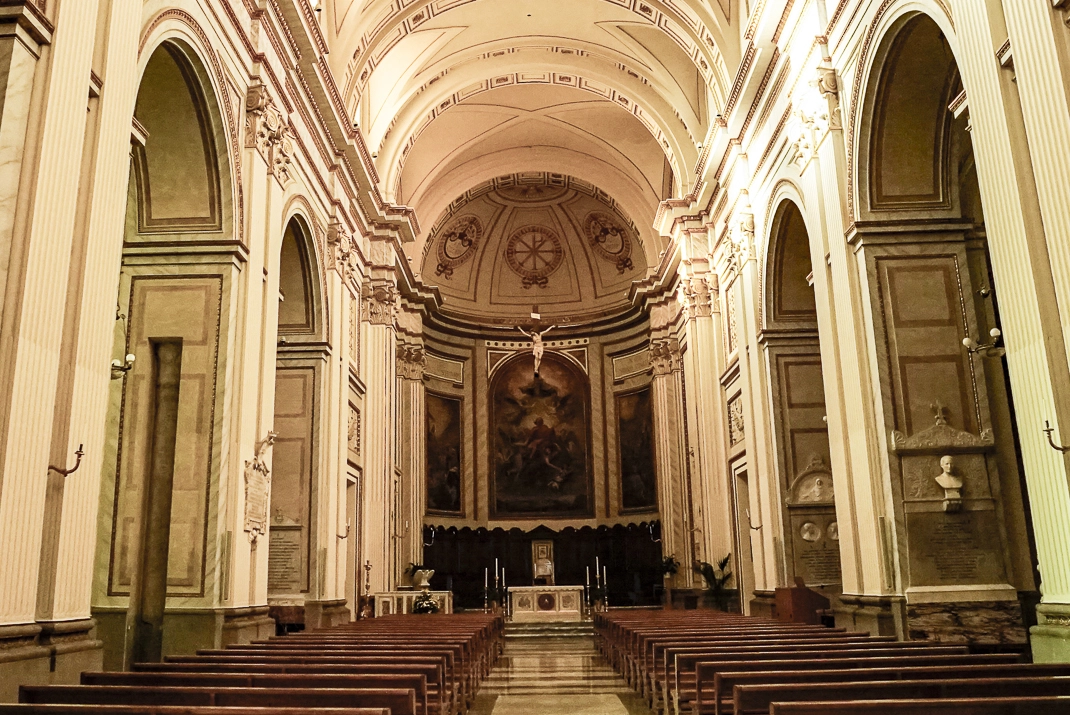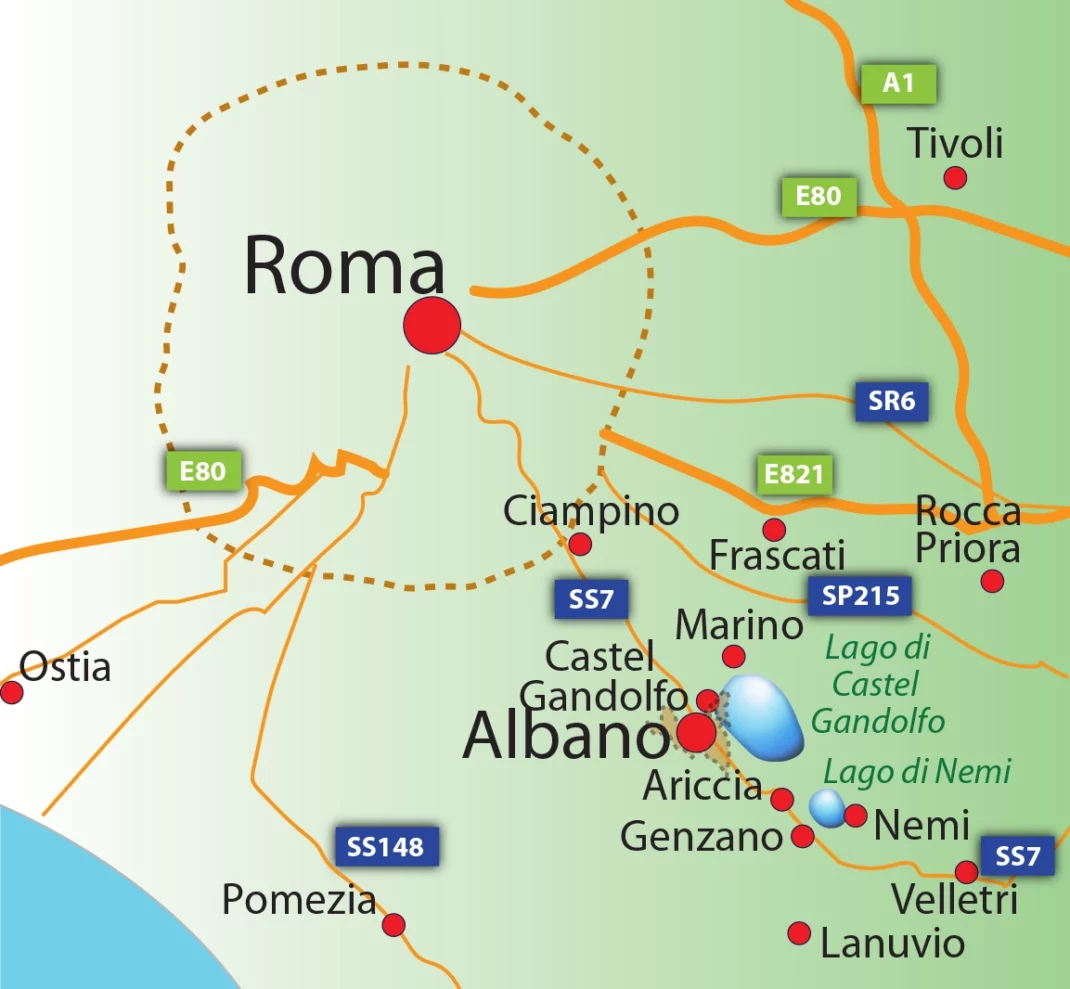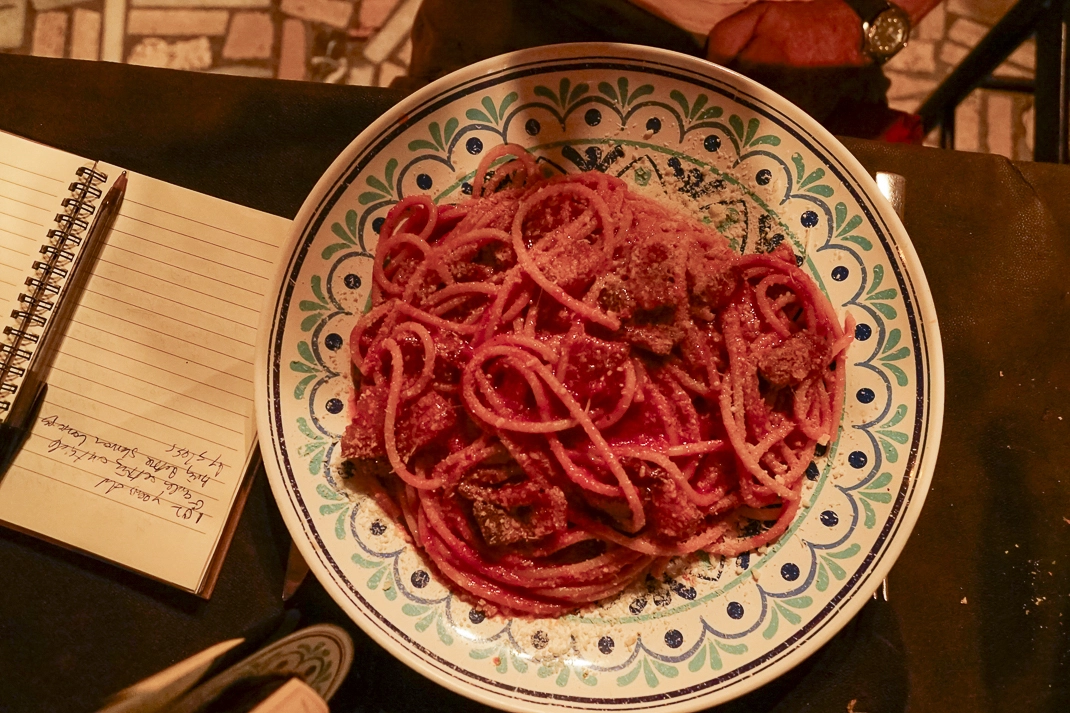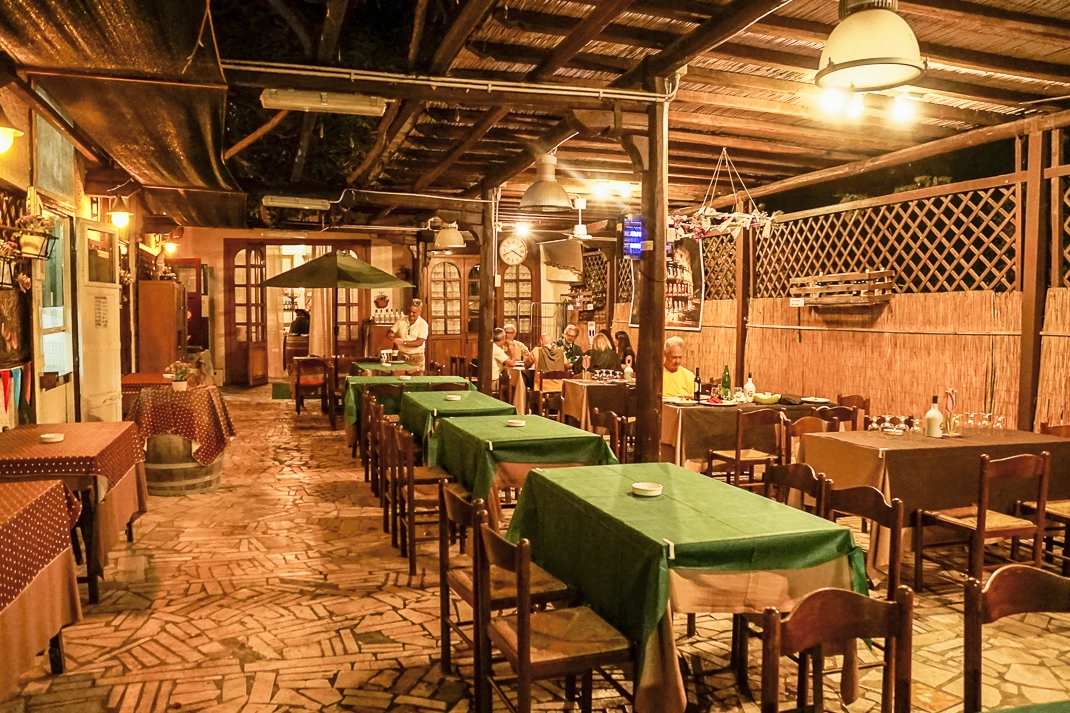

Albano Laziale: A hidden gem in Castelli Romani
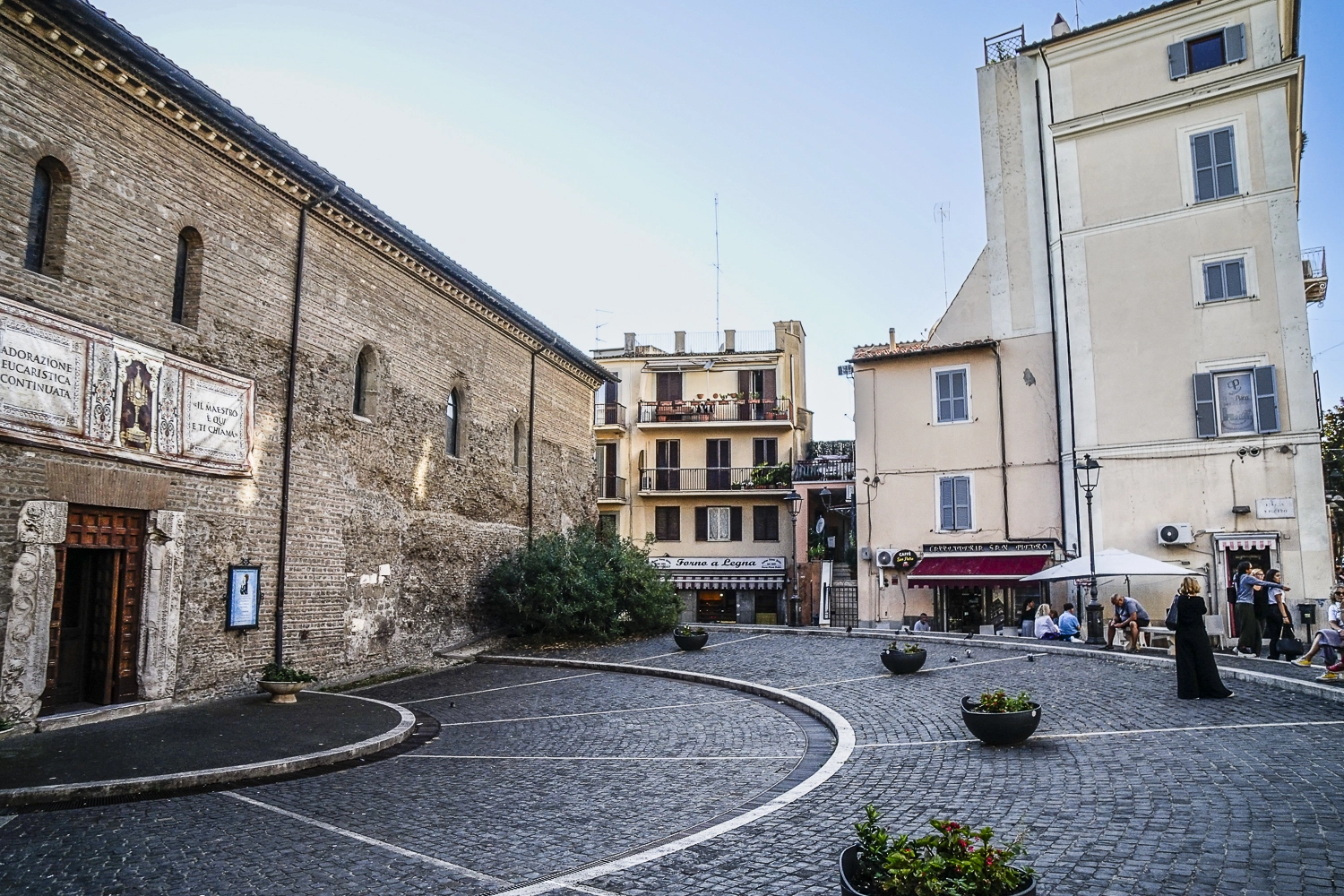
Castelli Romani is a string of small towns in the Alban Hills southeast of Rome. Ariccia has its porchetta. Nemi has its strawberries. Castel Gandolfo has its pope’s summer retreat. However, Albano Laziale gets lost behind its more famous neighbors. Strange.
It’s a bigger town with 41,600 people with a tree-lined main drag and a bustle the smaller villages don’t have. It has a little bit of everything, from a pantheon, bath house and cistern that date back to the 1st century A.D. to a gorgeous, 100-year-old cathedral to beautiful parks. And it’s big enough to have an Irish pub.
Get an inexpensive pint at Dooley’s or a creative cocktail at Sesta, a hip lounge restaurant with outside tables on different levels.
Things to do
1 • Santa Maria della Rotonda. This will remind you of the famous Pantheon in Rome. It’s not as large but it is round and it has a hole in the roof. But the hole is now covered in glass.
At the end of a quiet street where kids and adults played volleyball and soccer out front, the Rotonda was built in the 1st century A.D. as part of the imperial villa for Emperor Domitian who reigned from 81-96.
The inside is 16 meters in diameter and is believed to be the entrance to the imperial residence. It turned into a bathhouse in the 3rd century as you can see decorations of marine animals inside.
Behind the altar are beautiful gold mosaics and the words “Sancta Maria dei Genetrix. Virgo Intercede Pro Nobis (Santa Maria is Virgin Who Speaks For Us.)”
Info: Via dei Travoni 14, 39-328-124-6283, 8 a.m.-noon (although it was open when we arrived at 5 p.m.)
2 • Cisternoni. In 197 A.D., Roman emperor Septimius Severus founded the Legio II Parthica for his war against the Parthian Empire in current day Iran. He had a major camp in Albano where a giant cistern supplied water to his troops. It still stands. A stone wall about 20 feet high decorated with mosaic artwork greets you at the entrance not far from the Rotonda. The cistern is 48 meters long and contained 10,000 cubic meters (2.64 million gallons) of water. It was enough to serve 5,000 soldiers and their families.
Info: Via Aurelio Saffi 96, 39-06-932-954, 39-356-354-2611, www.comune.albanolaziale.rm.it, 9 a.m.-1 p.m., 4-6:30 p.m. Monday, Thursday, 9 a.m.-1 p.m. Tuesday-Wednesday, Friday-Sunday, Saturday-Sunday group reservations.
3 • Cathedral of San Pancras. A church has stood on this same spot on Albano’s main Piazza Pia since Emperor Constantine built one dedicated to John the Baptist in the 4th century A.D. It was destroyed by fire. It wasn’t replaced until Pope Leo III did in the early 9th century. A new facade was completed in 1722 and what you see today was finished in 1913. Considered modern among Italian churches, the Albano Cathedral is a spectacular, gleaming white work of art. The Baroque facade is made of local stone and volcanic tuff. The huge inside features beautiful mosaics and three gorgeous paintings behind the altar. Don’t miss the pipe organ on the left side of the central aisle.
Info: Piazza Pia 28.
Terme di Cellomaio
Probably the best preserved relic in Albano is the public bathhouse. Emperor Caracalla built in the early 3rd century for the legionnaires who rebelled after his brother was murdered.
The complex is nearly perfectly preserved. It consists of three concrete floors with towers in the corners. The two upper floors feature large halls and floors made of marble and mosaics. It became a fortress during the Middle Ages and later homes for the citizenry. Caracalla was an interesting fellow.
He was very progressive. He offered citizenship to all free-born inhabitants in the Roman Empire in order to standardize city administrations and erase the hierarchy between cities. He was loved by his soldiers but despised by the Senate who hated how he catered to lower-level imperial officers. In 217, he was murdered by a subordinate after he dismounted his horse in Turkey.
Info: Via Volontari di Sangue 3, www.museumsgrandtour.org, 9 a.m.-1 p.m., 3:30-6:30 p.m. Monday, Thursday, 9 a.m.-1 p.m. Tuesday-Wednesday, Friday-Sunday, Saturday-Sunday group reservations.
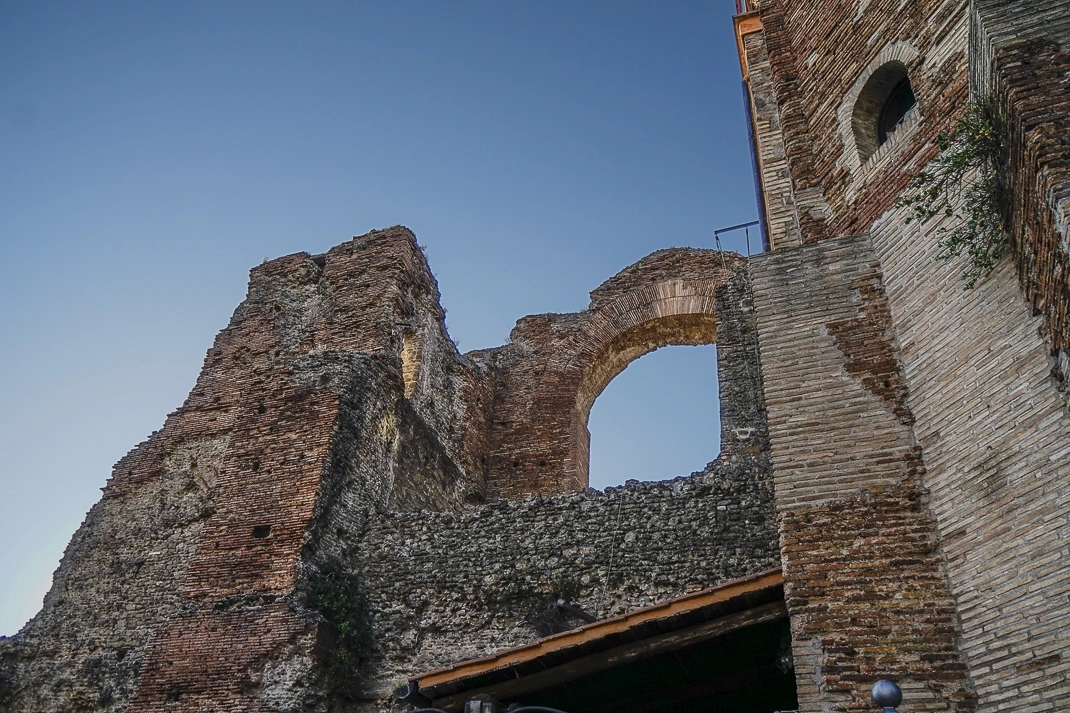
Where to eat:
My bucatino amatriciana was huge.

